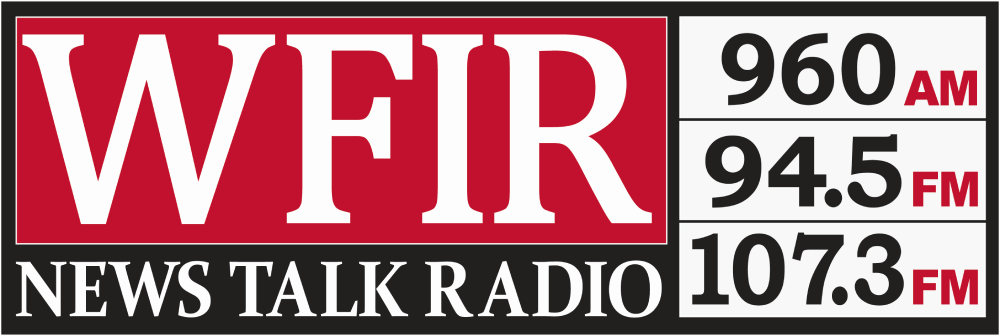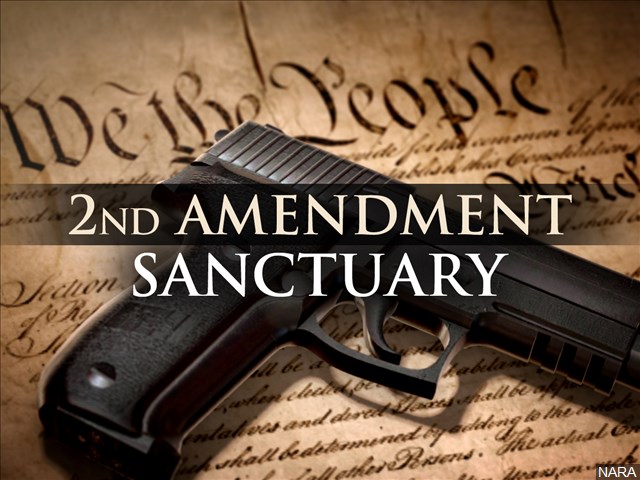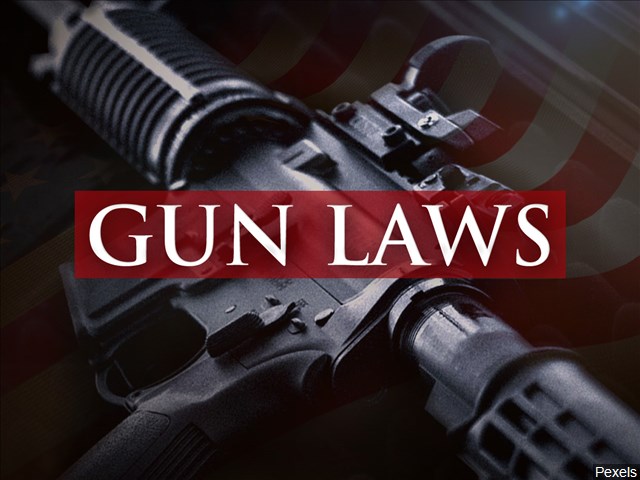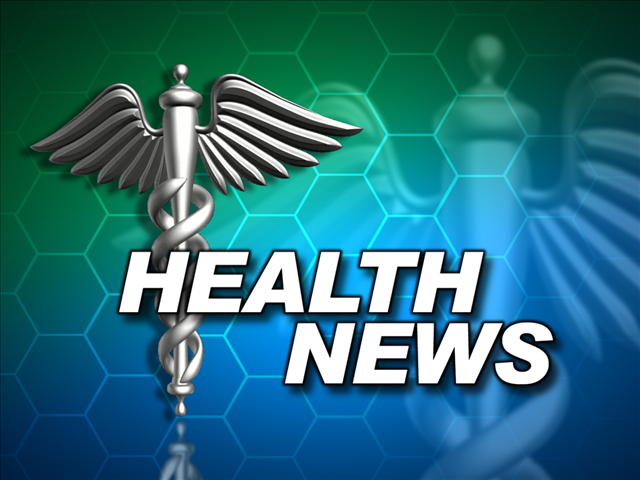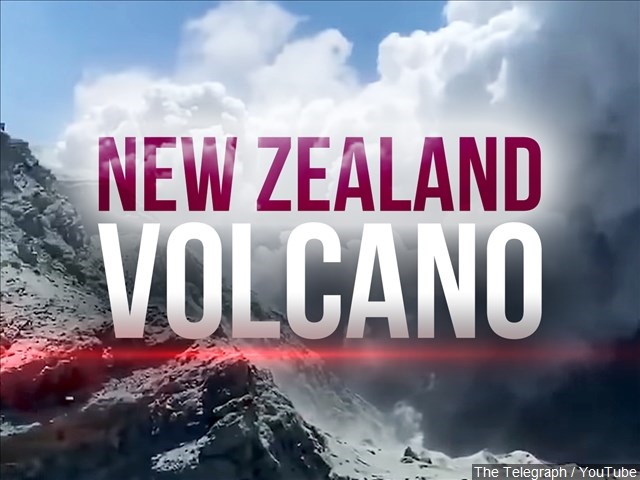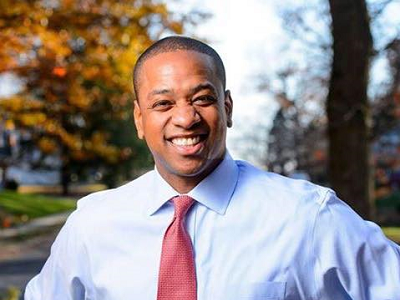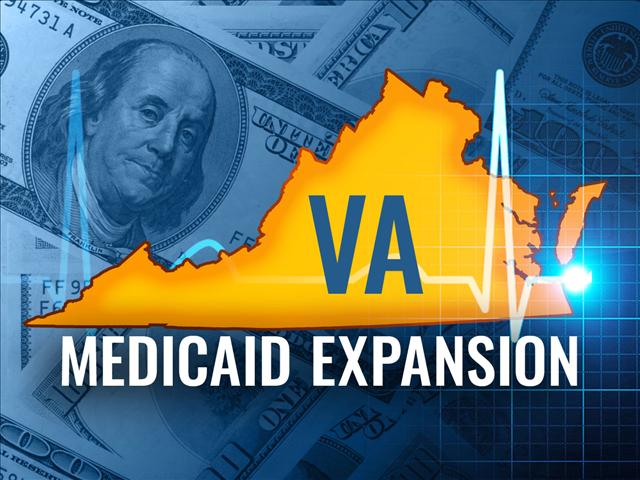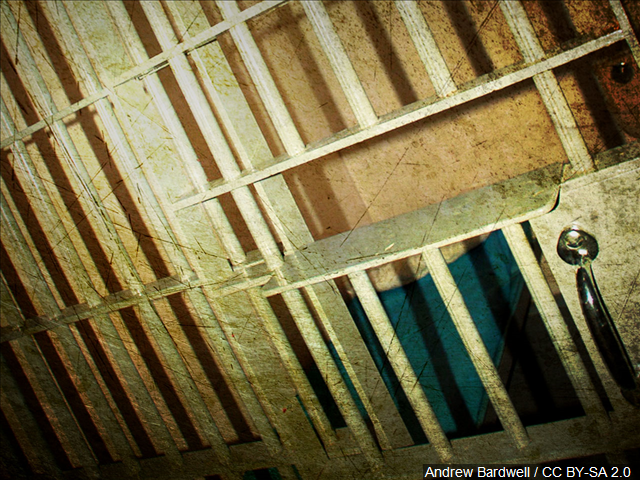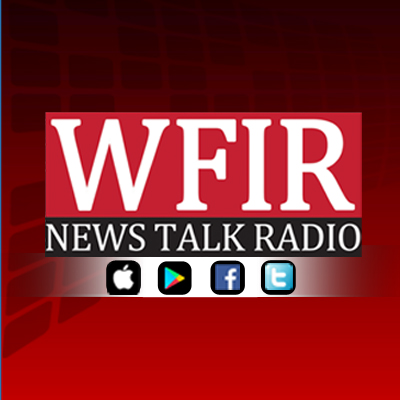VIRGINIA BEACH, Va. (AP) — A former housekeeper at a historic Virginia Beach hotel was sentenced this...
Across Virginia
BEDFORD, Va. (AP) — Another county in Virginia has officially declared itself a sanctuary for Second Amendment...
RICHMOND, Va. (AP) — More than 200 gun rights activists wearing “Guns SAVE Lives” stickers rallied Monday...
RICHMOND, Va. (AP) — Virginia Gov. Ralph Northam is proposing about $22 million for efforts to improve...
RICHMOND, Va. (AP) — Relatives of a newlywed American couple are desperately seeking information after learning that...
ALEXANDRIA, Va. (AP) — Virginia Lt. Gov. Justin Fairfax says he’s done everything he can to clear...
DILLWYN, Va. (AP) — Virginia Gov. Ralph Northam said Friday that he’s suspended a policy that allowed...
ALEXANDRIA, Va. (AP) – A federal judge is scheduled to hear arguments on whether he should toss...
RICHMOND, Va. (AP) — Virginia is moving toward dropping work requirements for Medicaid enrollees after Democrats won...
A new statewide poll shows President Trump’s supporters are unwavering amid all the talk of possible impeachment...
A Virginia woman and her family have gifted coats to homeless people by leaving the winter weather...
CHARLOTTESVILLE, Va. (AP) — The University of Virginia and College of William & Mary are the latest...
RICHMOND, Va. (AP) — A state report says medical care in Virginia’s prisons accounts for a fifth...
RUSSELL COUNTY, Va. (AP) — Authorities say they’ve found the body of a man who went missing...
CHARLOTTESVILLE, Va. (AP) — A Confederate statue in Charlottesville, Virginia, that became a rallying point for white...
